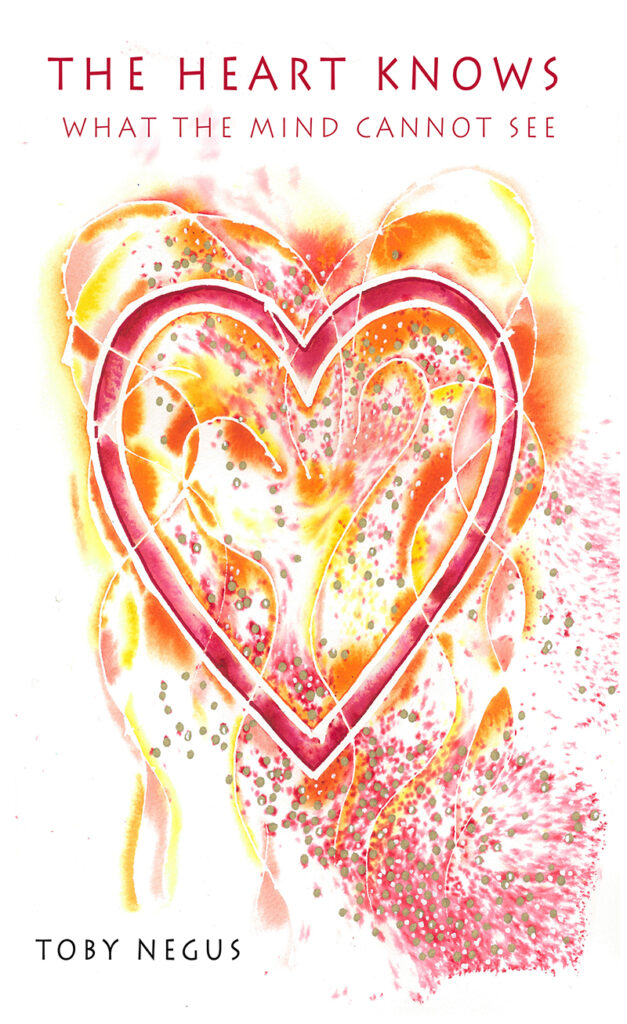
A story: There once lived a mirror that sat on the wall in a family house. It was quite a nice spot to be, for it saw the family often as they went out and came home. The children were particularly fun as they would look at the mirror and pull lots of funny faces, and the mirror loved to show them their bright happy eyes. The mother would look into the mirror on her way out to check that she was looking good and sometimes, look into her eyes and smile. But mostly they hid the gift of the mirror from themselves, behind their ‘I’m too busy to say hello’ face and turned away before the mirror could give it to them. This was especially true of the father, he never had time to see himself.
The mirror suspected that he did not really want to see himself, because in the small glances he did take, the mirror saw the struggle and pain he was carrying in life and the hurt he was doing to himself because of it. But one day the father did stop and look; for some reason, he did not rush off but just looked.
At first, all he saw was his hard, busy face, but after a while, that seemed to fade. He began to see the anguish that the struggles of life had put there, the lines of his age, his tired eyes, and the sadness they carried. The mirror felt the man’s wish to look away, but urged him to keep looking, to see beyond the pain that he saw, to see the star he held deep within his eyes.
Suddenly, it seemed that time stopped and all that was in the world was the father and the mirror.
The mirror then performed its true function and gave the man the whole truth of himself, the picture of his struggles, and also his beautiful gentle soul.
Tears began to form in the eyes of the father and he spoke these words. ‘I love you; I am sorry for the pain that you carry, please forgive me and thank you for being there and carrying my life’.

Publication Date: March 14, 2014
 This is a thought-provoking and enlightening exploration of spirituality and perception. The text functions as a guide to self-improvement, with a mixture of autobiographical elements and snippets of universal wisdom. The speaker provides accessible solutions to life’s difficulties, and an outlook of optimism applicable to any circumstance. The illustrations and graphics are thoughtfully chosen, and the interactive textual elements give this work an originality that sets it apart. The speaker’s own experiences and conclusions are at the heart of this fiction, and the first person narrative voice creates a sense of proximity between author and reader. The text describes itself as ‘a journey to the heart’, and this truthful discovery of the self is reflected in the speaker’s revelation of his whole self through the text. The narrative often presents a dichotomy between positive and negative outlooks or voices.
This is a thought-provoking and enlightening exploration of spirituality and perception. The text functions as a guide to self-improvement, with a mixture of autobiographical elements and snippets of universal wisdom. The speaker provides accessible solutions to life’s difficulties, and an outlook of optimism applicable to any circumstance. The illustrations and graphics are thoughtfully chosen, and the interactive textual elements give this work an originality that sets it apart. The speaker’s own experiences and conclusions are at the heart of this fiction, and the first person narrative voice creates a sense of proximity between author and reader. The text describes itself as ‘a journey to the heart’, and this truthful discovery of the self is reflected in the speaker’s revelation of his whole self through the text. The narrative often presents a dichotomy between positive and negative outlooks or voices.
For example, the speaker includes sections in which his self-doubt speaks, ‘you’ve got no proper education, you can’t spell properly, you’re dyslexic and your grammar is crap. You’re not really a writer’. This negative voice directly opposes the sense of self-belief the speaker builds within the narrative. He uses examples such as this to remind readers that the journey to happiness is complex and that flaws or setbacks are natural. The negative separation or fragmentation of the self is prevalent in the lines, ‘I do not love the grumpy me, the sad me, the hostile me, the parts of me that act as if I do not care’. The act of writing represents a unification of the self and an attempt to reframe the speaker’s life into coherence. The frequent use of direct address and rhetorical questions promotes an active reading experience, in which the author opens up a dialogue with the reader. The text includes prompts and activities for the reader to engage with and learn from. Encouraging readers to take part in the text is emblematic of their journey to self-fulfilment and love, in which they must take responsibility for actively creating their own happiness.
The speaker depicts his process of enlightenment as a framework for others to emulate, and the format of the text demonstrates the transfer of agency to those who take part in the speaker’s challenges at the end of each chapter. This work ultimately teaches us that ‘we are the cause of what is’ and thus sheds light on the crucial idea that every individual has the power to create themselves and their world positively.




Toby Negus will be awarding a $15 Amazon or Barnes & Noble Gift Card to a randomly drawn winner via rafflecopter during the tour.
 Toby Negus has studied and taught spiritual and personal development in the UK and around the world for over two decades. He is qualified in advanced counselling, as a life coach and as a Cognitive Behaviour therapist. He is an Amazon best-selling author of a collaborative Conscious Creators book and has illustrated and self published two books on the subject of self-awareness and the spiritual journey. He is also a published author of a children’s book The Boy Who Dreamed in Colour. He has given talks and run workshops in support of his published work within the UK.
Toby Negus has studied and taught spiritual and personal development in the UK and around the world for over two decades. He is qualified in advanced counselling, as a life coach and as a Cognitive Behaviour therapist. He is an Amazon best-selling author of a collaborative Conscious Creators book and has illustrated and self published two books on the subject of self-awareness and the spiritual journey. He is also a published author of a children’s book The Boy Who Dreamed in Colour. He has given talks and run workshops in support of his published work within the UK.
In the last few years, he has created many pieces of artwork that are a reflection of his spiritual journey. These have appeared in magazines and have been exhibited in the UK.

March 29: Christine Young
March 29: Long and Short Reviews
April 5: Fabulous and Brunette
April 12: Uplifting Reads
April 19: The Avid Reader
April 19: Westveil Publishing
April 26: Archaeolibrarian – I Dig Good Books!
May 3: Novels Alive
May 10: All the Ups and Downs
May 17: fundinmental





















Thanks for hosting!
Sounds like a great read.
Thank you for sharing your bio and book details, The Heart Knows sounds like an excellent read
Looks like a very interesting book. Great cover!